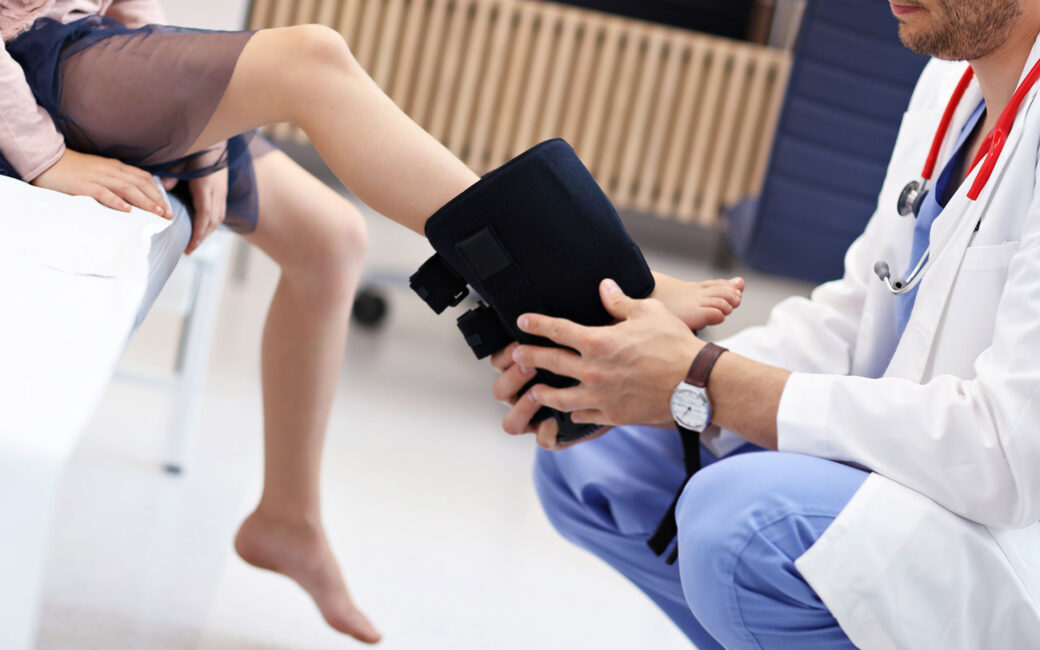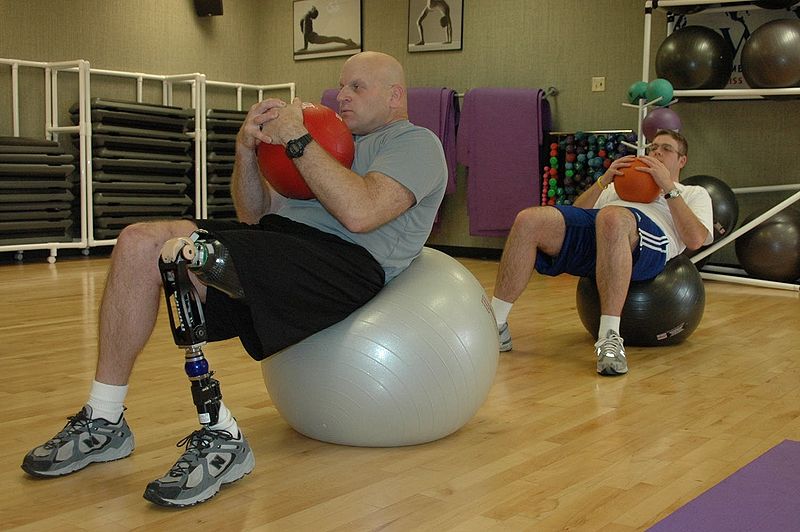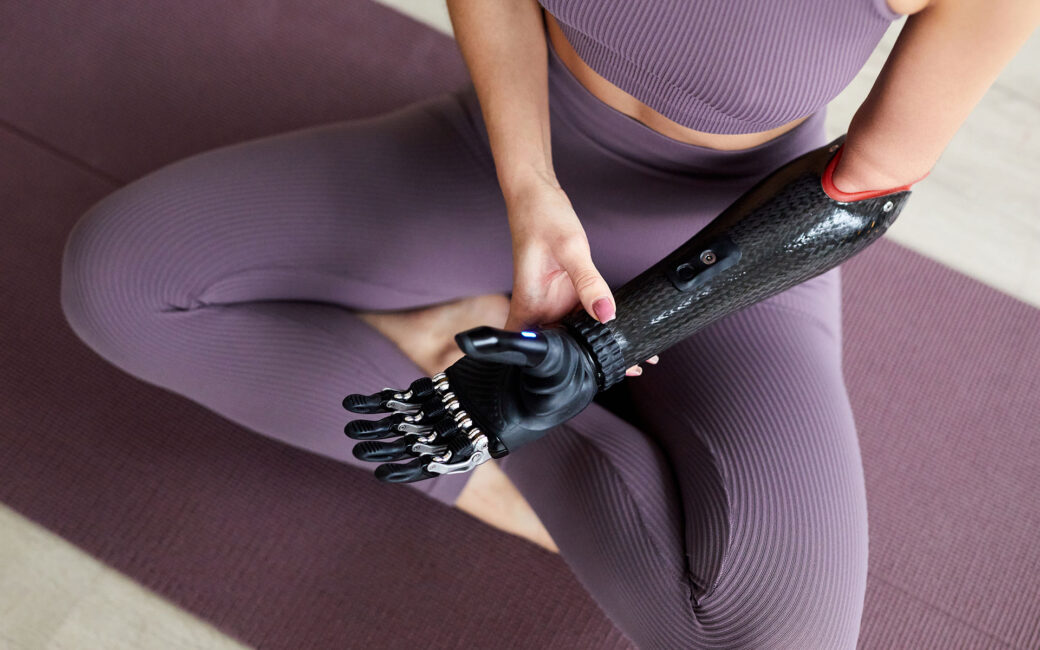Disability Does Not Mean Exclusion from Sports
Disability is often seen as a limitation but like any limitation, it can be overcome. There are plenty of people who have broken the barriers placed in their way and found success and an active lifestyle. Sports, adventure and gruelling tests of endurance are all par for the course. There are many sportspersons who have remained active despite severe and debilitating injuries.
Disabled Sports (parasports or adaptive sports) have been around since as early as 1911 and over time, they evolved, to include various disabilities such as loss of senses, loss of mobility and intellectual impairment. Football, Basketball, Long Jumps and Rowing are just a few of the sports that have been adapted for the differently abled. Skydiving, mountain climbing and scuba diving that have been achieved by people with disabilities.
Here are some of the sports and adventure activities available to those with physical disabilities:
Paralympic Sports
The Paralympics was started post World War 2 due to the number of injured left behind in the aftermath. Ex-military personnel and civilians were both encouraged to participate in sports as a step in their rehabilitation programs. This program soon grew in strength and ultimately became a competitive event. Each sport is categorized based on 8 types of physical disabilities ranging from Muscle Impairment to Loss of Limbs. Vision Loss and Intellectual Disabilities are also categorized.
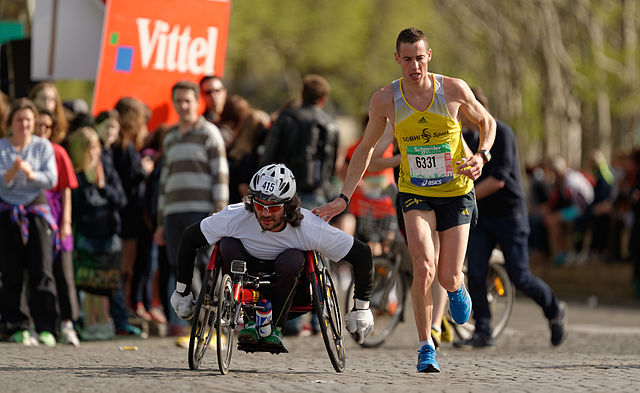
“David Bizet – Marathon de Paris 2014″ by © Marie-Lan Nguyen / Wikimedia Commons. Licensed under CC BY 3.0 via Wikimedia Commons
The Paralympics include sports like Alpine Skiing, Basketball, Cycling, Equestrian Sports and Judo, to name just a few.
Adventure Sports
While this may be more limited in scope than an international event like the Paralympics, there are still quite a few who participate in adventure sports. Support groups and NGOs like the Wounded Warrior Project provide rehabilitation, training, and opportunities for those with disabilities.
There are also those who take the initiative and continue to pursue what they love despite crippling injuries.
Hugh Herr, an American Rock climber lost both his legs to frostbite. Herr, an associate professor and MIT and Head of the Biomechatronics Research Group there, developed specialized prostheses that allow him to follow his passion as a rock climber. This is what he said when asked on his experience:
“At the beginning of that year society said I was broken. One year later I had surpassed my pre-amputation climbing abilities and done climbs no climber had ever done.
Bethany Hamilton, a surfer and shark attack survivor returned to the seas and professional surfing soon after recovering from the attack which took her left arm.
Other Sports
These are not the only sports events available for those with disabilities. There are many local, national and international organizations that encourage and provide opportunities for the disabled to embrace their inner athletes. There are Triathlon Competitions, Cross-Country Events like Running and Cycling and Swimming Competitions. The possibilities are many. There are also advanced prosthetics available for those who lead active lifestyle.
There are just a few things to keep in mind. It’s a good idea to consult your doctor and prosthetist before stepping into the world of sports. There are many things to be aware of; especially when it comes to limitations. Discuss the possibilities of overcoming them and what precautions you need to take before exploring the world of disabled sports.
For information on our products and services, visit us at www.cpousa.com or contact us at 888.676.2276.
Contact Us.
Fill out the form below and someone from our team will get back to you right away.

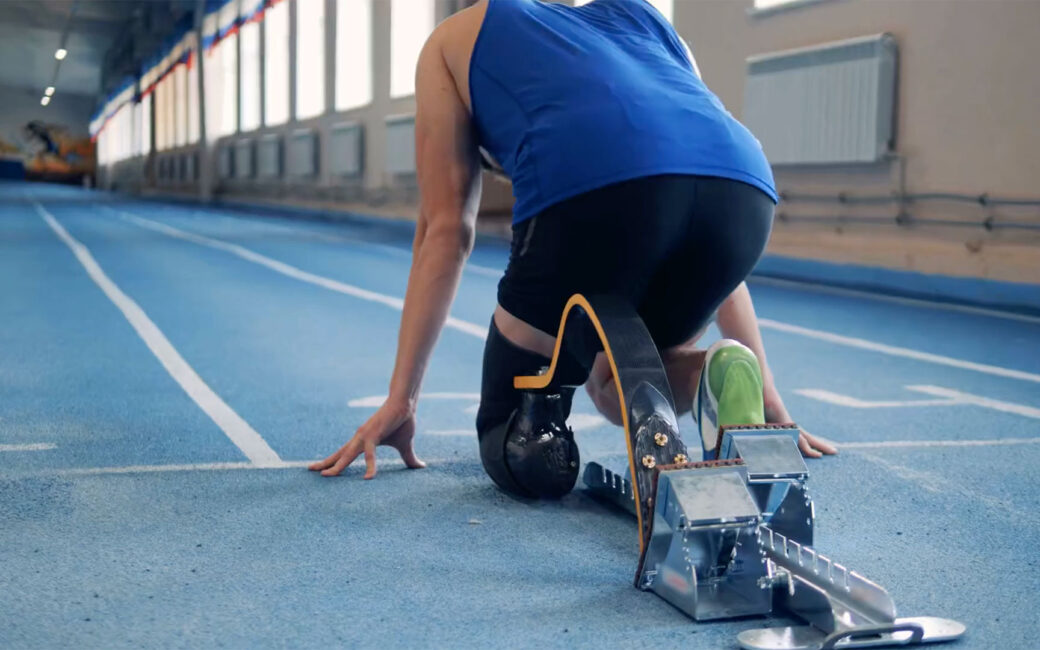
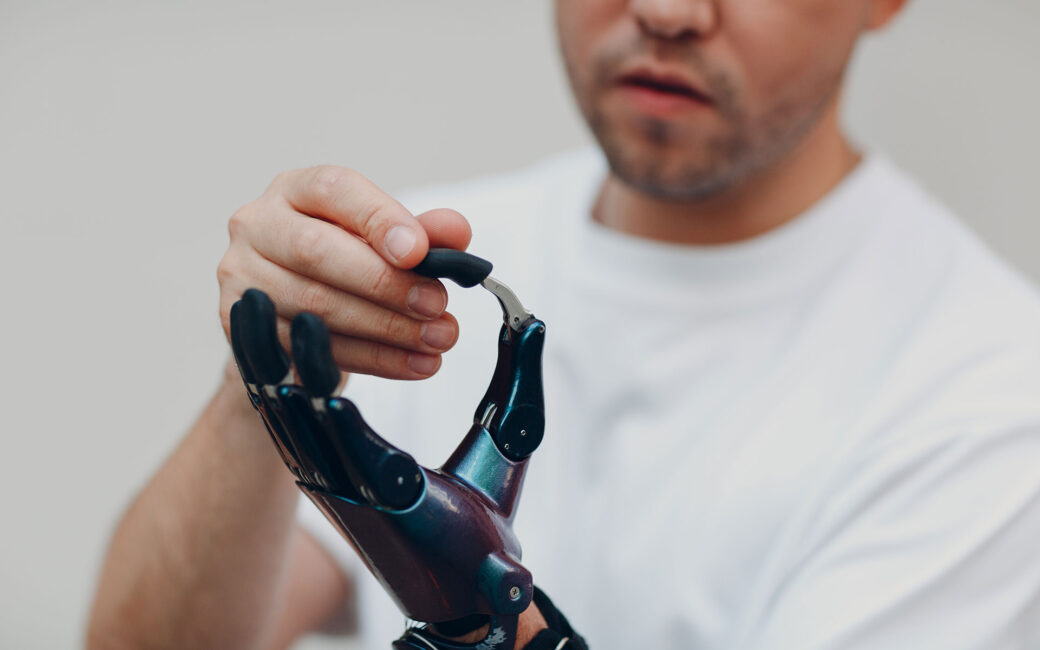

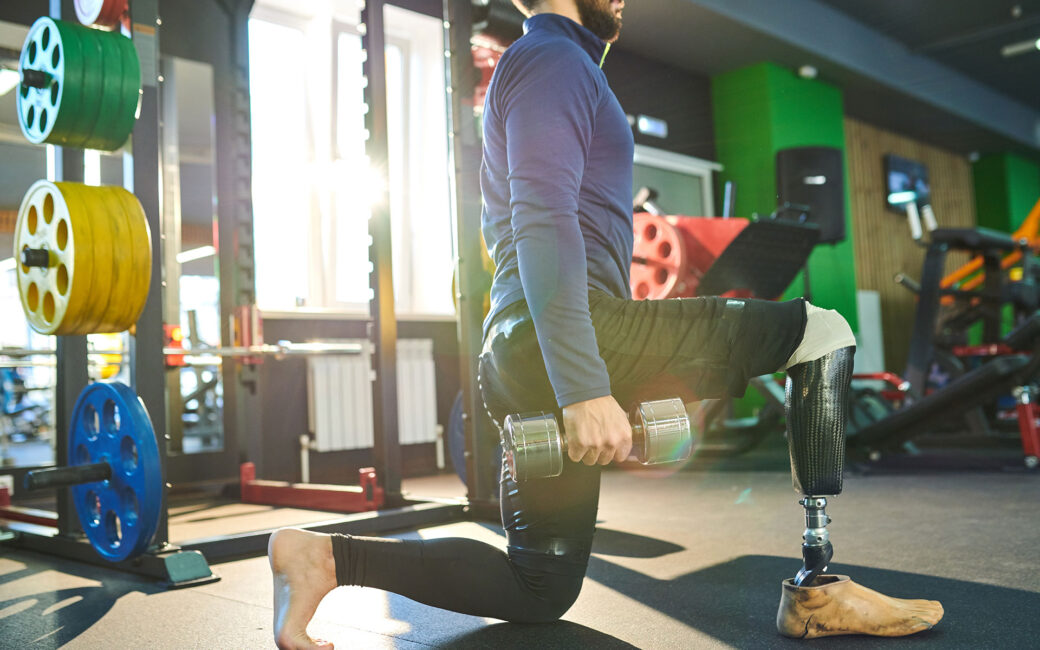
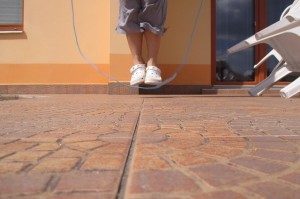 Skipping: Skipping or jump-rope is a great cardiovascular work-out that improves stamina, endurance and also helps burn calories. All you need is a jump-rope. This exercise can also be performed indoors with enough room.
Skipping: Skipping or jump-rope is a great cardiovascular work-out that improves stamina, endurance and also helps burn calories. All you need is a jump-rope. This exercise can also be performed indoors with enough room.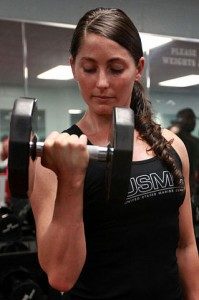 Push-ups: Push-ups are a standard exercise for improving core strength and improving muscle tone. Push-ups strengthen the arms, legs, back, shoulders and boost core strength as well. Again, there are many variations that target other muscle groups like close-handed or diamond push-ups. Push ups can also be performed against a wall or using a medicine ball. Start with lying on your stomach on the floor with your hands slightly less than shoulder-width apart. Brace your feet against the floor and push yourself up. Remember to keep your back straight. Do ten repeats as a set. Complete at least three sets.
Push-ups: Push-ups are a standard exercise for improving core strength and improving muscle tone. Push-ups strengthen the arms, legs, back, shoulders and boost core strength as well. Again, there are many variations that target other muscle groups like close-handed or diamond push-ups. Push ups can also be performed against a wall or using a medicine ball. Start with lying on your stomach on the floor with your hands slightly less than shoulder-width apart. Brace your feet against the floor and push yourself up. Remember to keep your back straight. Do ten repeats as a set. Complete at least three sets.